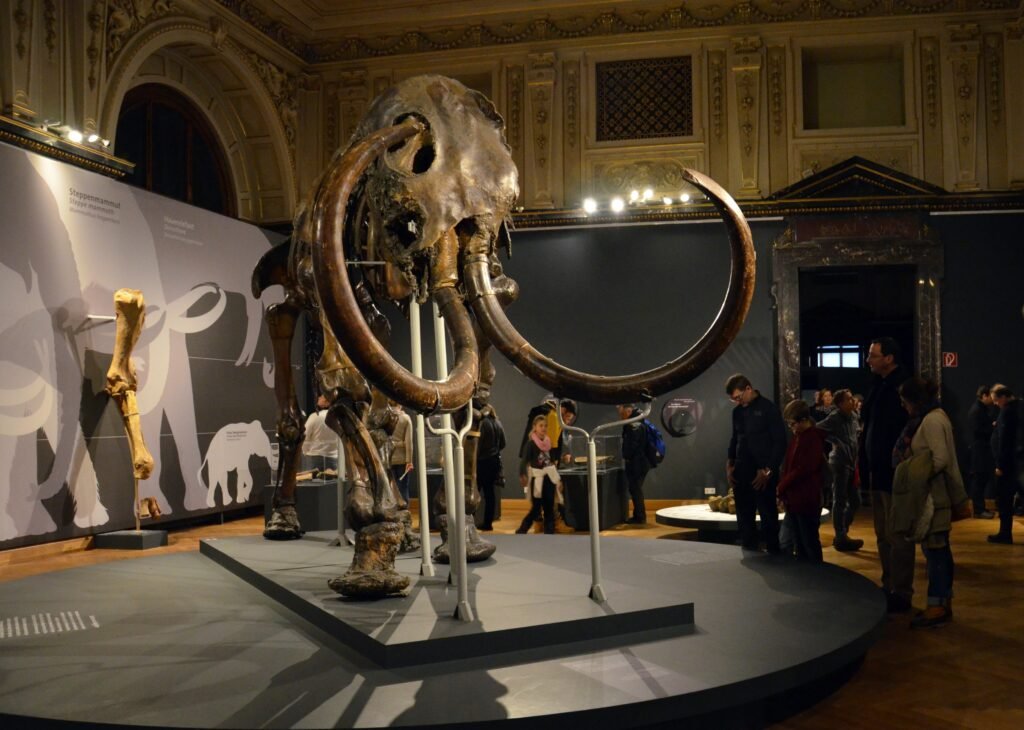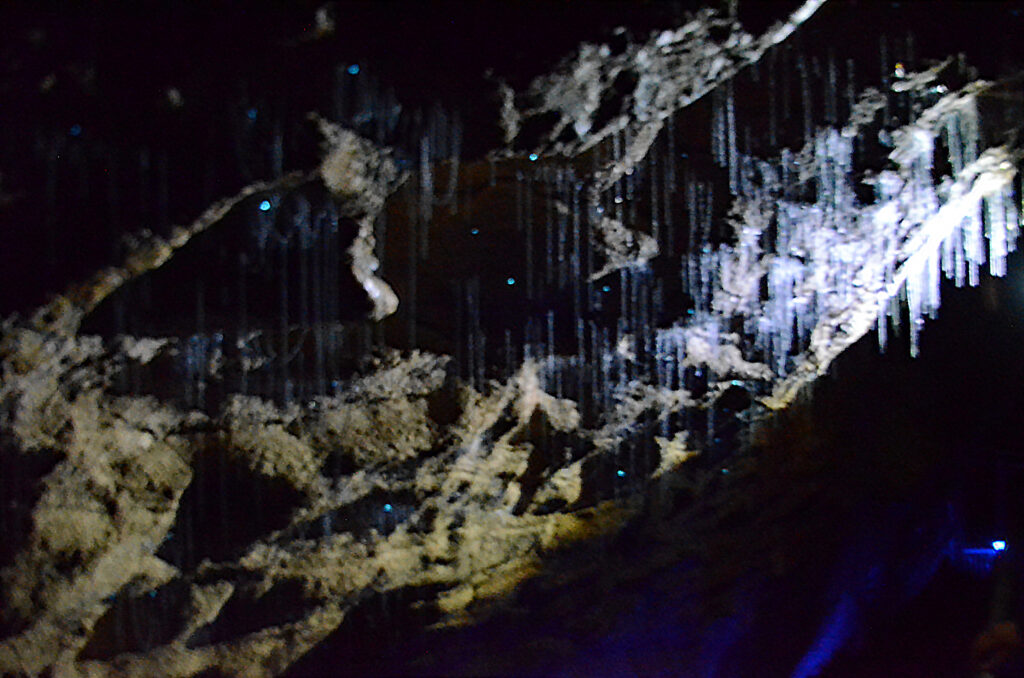Picture this: beneath the glitzy casinos and neon lights of Las Vegas lies a world far older, stranger, and more mysterious than any jackpot on the Strip. Buried under layers of desert sand and concrete, secrets from the Ice Age wait to be discovered—remnants of colossal mammoths and creatures you’d never expect to find under a city famous for its showgirls and slot machines. As scientists dig deeper—sometimes literally—they’re piecing together a story that challenges everything you thought you knew about Nevada’s past. The desert isn’t empty; it’s a treasure chest, and we’re just beginning to unlock it.
Ancient Giants Beneath the Glitter
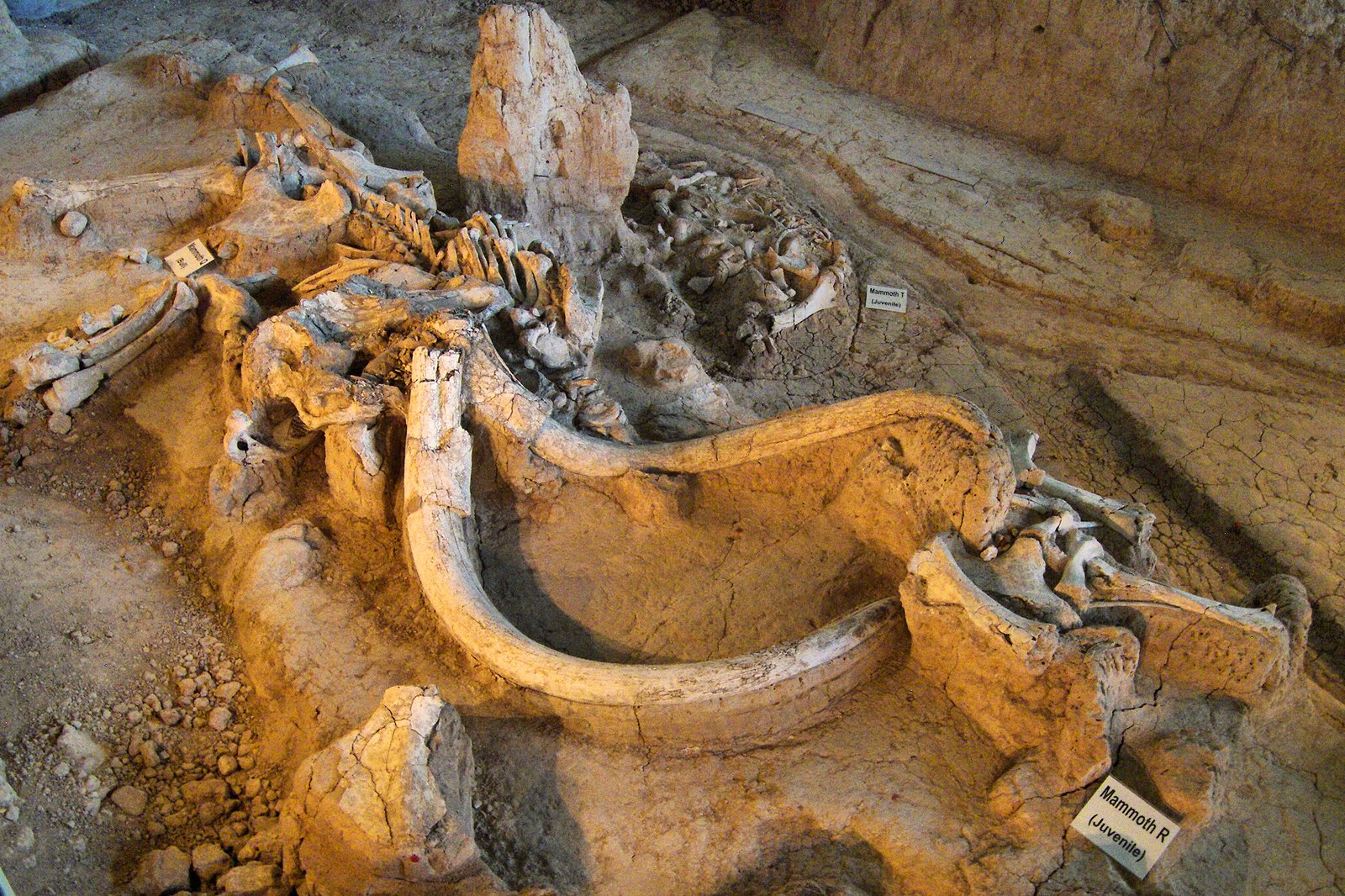
While Las Vegas is known for its dazzling lights, few realize that the ground below hides fossils of mammoths that once roamed the land. These creatures weren’t just passing through; they made the Mojave Desert their home thousands of years ago. Imagine a time when shaggy mammoths, with tusks longer than a car, lumbered where casinos now rise. Their bones lay hidden, preserved by dry desert conditions, waiting for a chance encounter with a shovel or a curious geologist. Every unearthed bone is a silent testament to an era when giants ruled the land. It’s a powerful reminder that the Las Vegas Valley wasn’t always a playground for humans—it was once a wild, untamed place.
The Lost Ecosystem of the Mojave
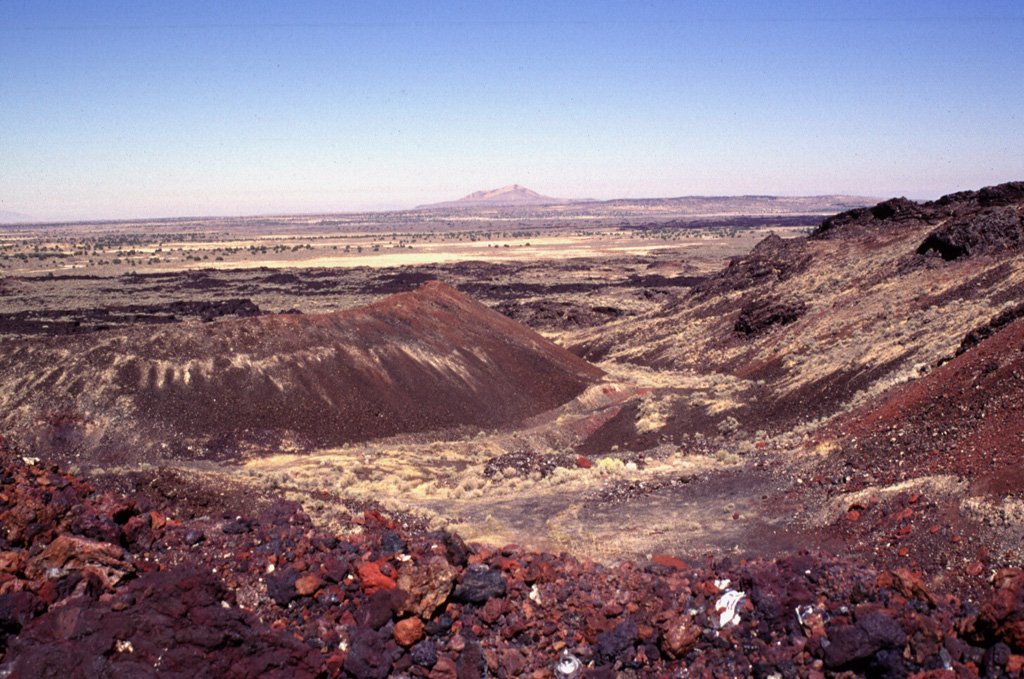
It’s hard to picture lush grasslands or wetlands in today’s parched Mojave Desert, but evidence shows that ancient Las Vegas was teeming with life. Mammoths weren’t the only inhabitants; camels, giant sloths, and even prehistoric horses grazed here. Fossilized pollen grains reveal that thick forests and marshes flourished where highways now crisscross. This lost ecosystem was a bustling crossroads for creatures, large and small, each playing a role in a complex web of life. The climate was cooler and wetter, a stark contrast to the scorching summers we know today. These revelations force us to reimagine the desert not as a barren wasteland, but as a vibrant, living landscape.
How Mammoth Bones Are Discovered

Most mammoth remains in Las Vegas come to light by accident. Construction workers digging foundations for new developments often strike bone instead of gold. Sometimes, it’s just a tooth or a fragment of tusk peeking out from the dirt. When this happens, teams of paleontologists rush to the scene, turning the job site into a detective story. Each discovery is painstakingly documented and carefully removed. The excitement of unearthing a piece of prehistory is matched only by the challenge of preserving it. It’s a race against time, sun, and machinery. For every find, scientists know there could be dozens more lying just out of reach.
What Do Mammoth Fossils Tell Us?
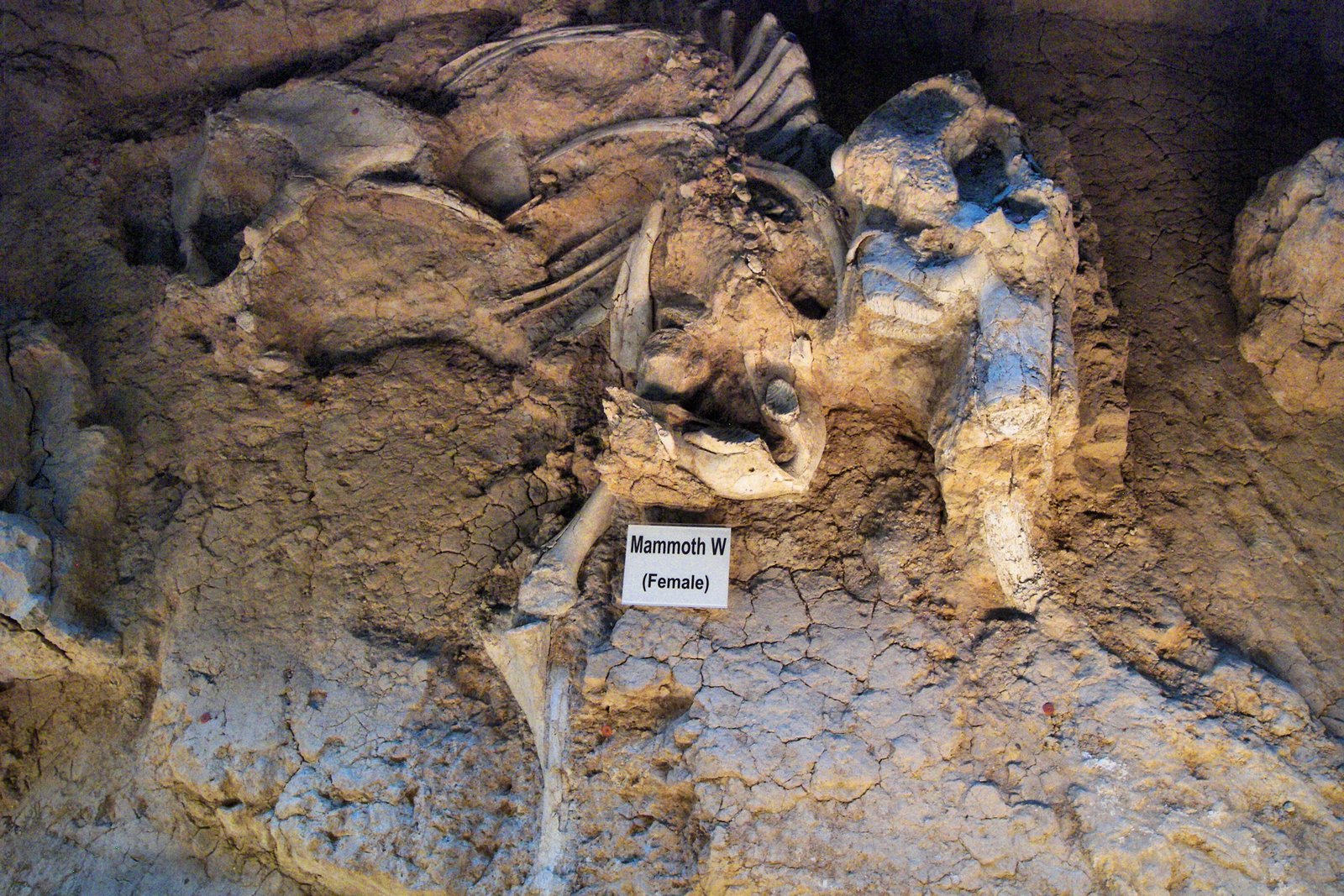
Every bone has a story to tell, and mammoth fossils are no exception. By studying the size, shape, and wear on teeth, researchers can figure out what these animals ate and how they lived. The growth rings in tusks work like tree rings, revealing a mammoth’s age and health. Even broken bones give clues, hinting at ancient injuries and the struggles these giants faced. These remains also help scientists map ancient migration routes, showing how mammoths traveled across the continent. Each fossil is a puzzle piece, adding depth and color to our understanding of Ice Age Nevada.
The Mysterious Disappearance of the Mammoths
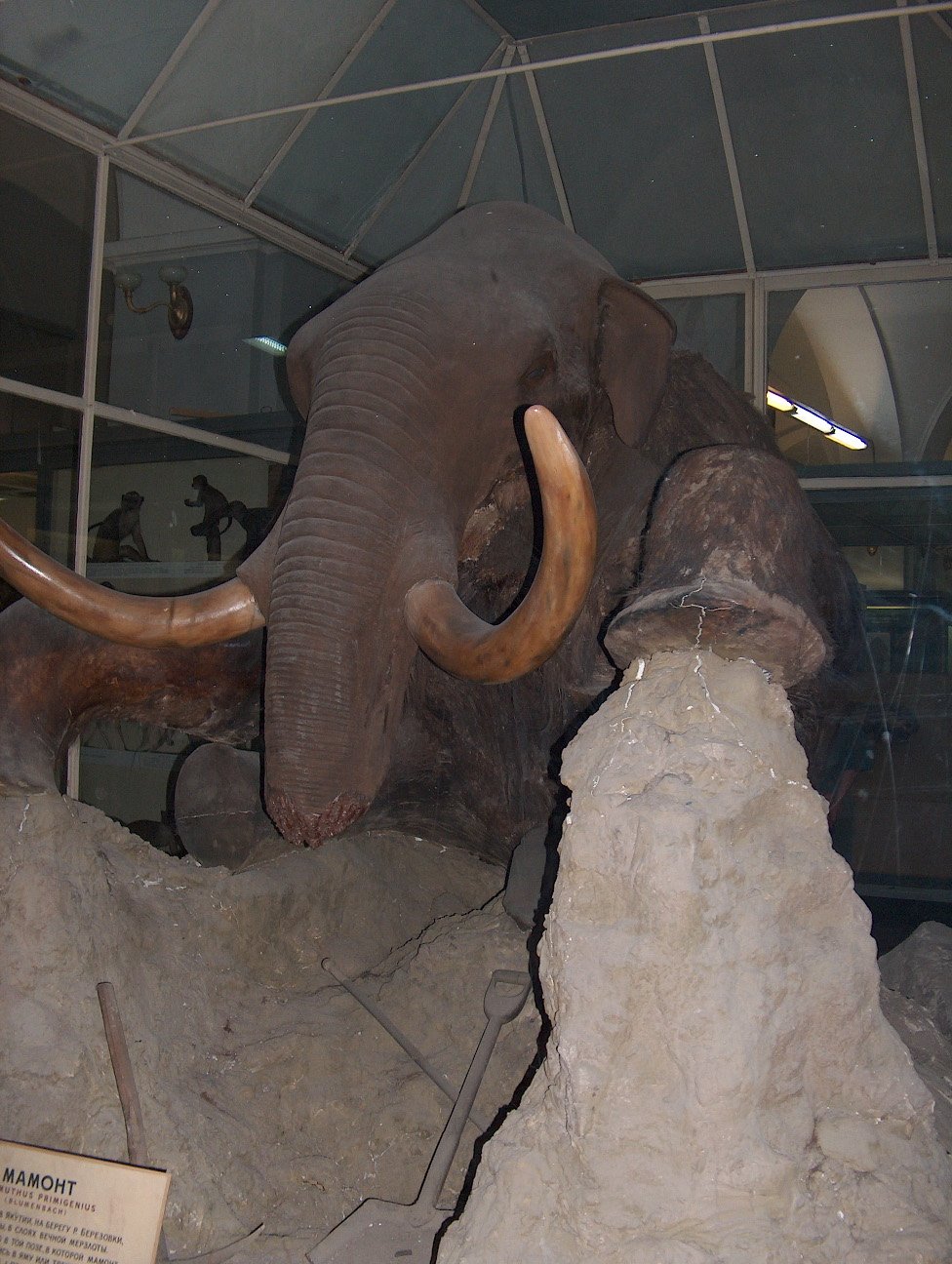
One of the biggest questions haunting paleontologists is: what happened to the mammoths? Their sudden disappearance around 10,000 years ago remains a mystery. Some blame climate change, pointing to evidence of rapid warming and drying at the end of the Ice Age. Others suspect that early humans played a role, hunting mammoths for meat, hides, and bones. Still, others think disease or a combination of factors led to their extinction. Fossils from the Las Vegas area offer tantalizing clues—unhealed wounds, signs of starvation, and sudden population drops—but the mystery is far from solved.
Desert Preservation: Nature’s Time Capsule
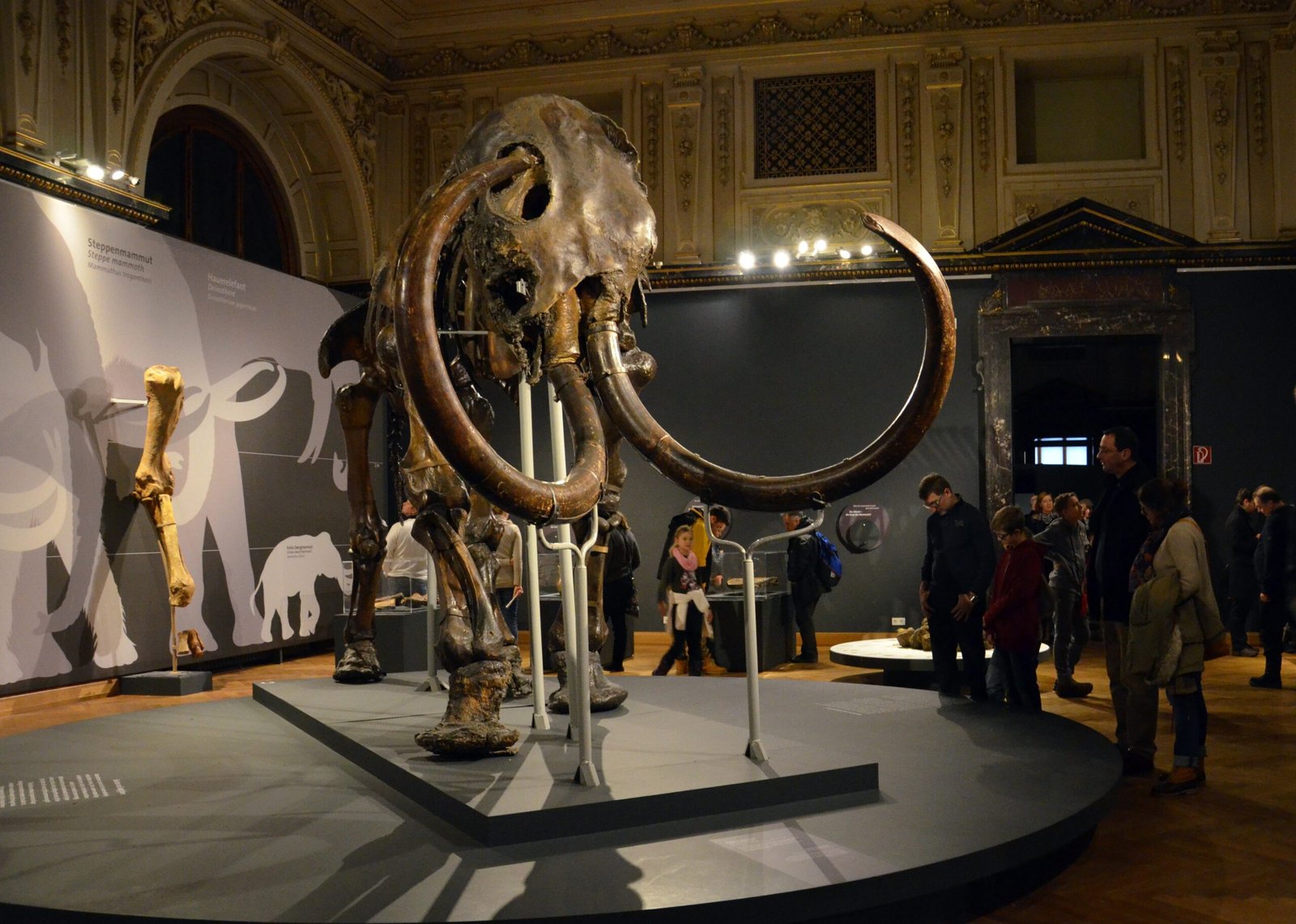
The arid climate of southern Nevada is both harsh and helpful. While it scorches plants and animals today, it also acts as a natural time capsule, preserving bones for thousands of years. The lack of rain and slow decay mean that fossils remain intact, sometimes astonishingly so. Even delicate structures, like tiny animal tracks or plant imprints, can survive in the dry sands. This unique preservation makes the Las Vegas Valley one of the best places in North America to study Ice Age life. It’s as if the desert itself is guarding its secrets, waiting for the right moment to reveal them.
Surprising Finds: Beyond Mammoths
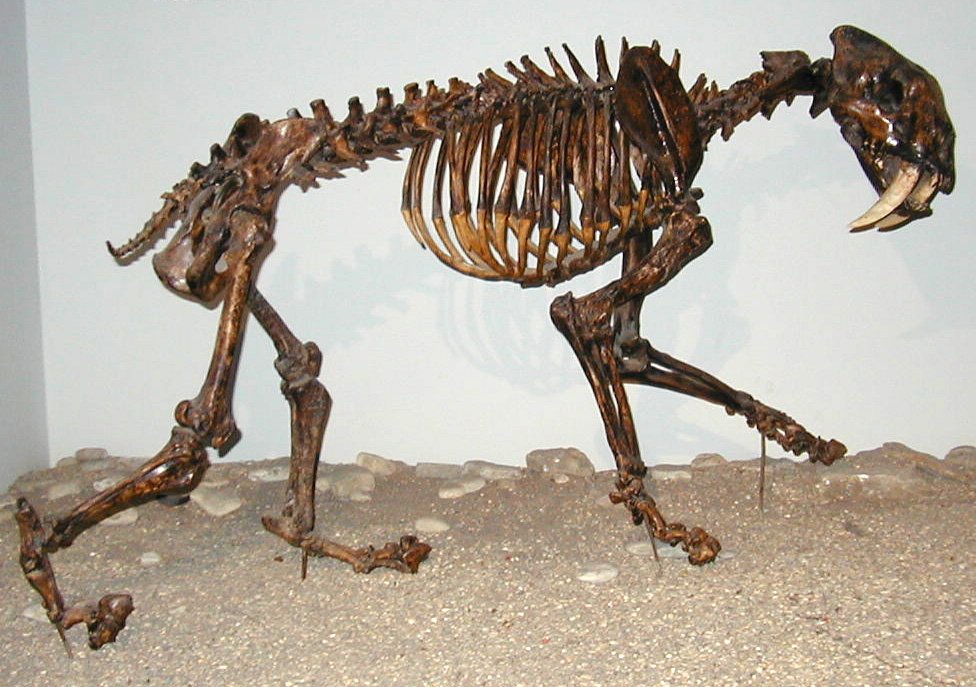
Mammoths might steal the spotlight, but they’re not the only ancient residents of Las Vegas. Archaeologists have uncovered fossilized bison, camels, and even saber-toothed cats. One surprising discovery was the jawbone of an ancient dire wolf, a predator that once stalked the region. Fossilized turtle shells and fish bones hint at marshes and lakes long vanished. Even tiny rodents and birds are found, offering a detailed snapshot of the ecosystem. Each find rewrites a little bit of Nevada’s history, proving that the desert holds more than just sand and stone.
The Ice Age Climate Shift
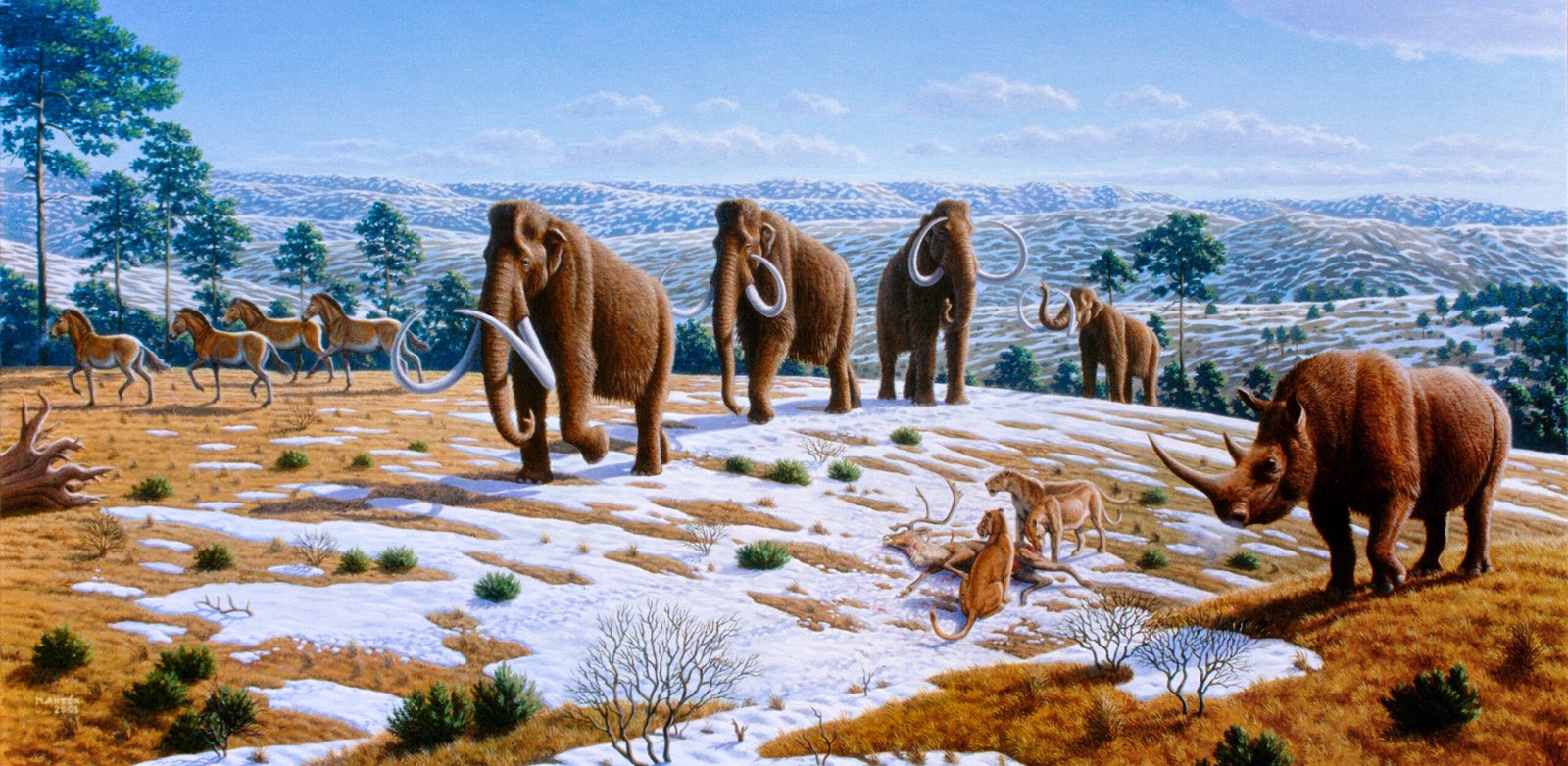
The end of the last Ice Age brought dramatic changes to the American Southwest. Huge glaciers melted, rivers shifted, and the climate warmed quickly. In the Las Vegas area, this meant the lush grasslands dried up, and the wetlands disappeared. Animals that once thrived here—like mammoths—struggled to adapt. Fossil evidence shows a rapid decline in large animal populations as their habitats vanished. The changing climate didn’t just rewrite the landscape; it set the stage for the modern desert we see today. This story is still being pieced together, bone by bone, sediment by sediment.
Ancient Humans and Mammoth Hunters
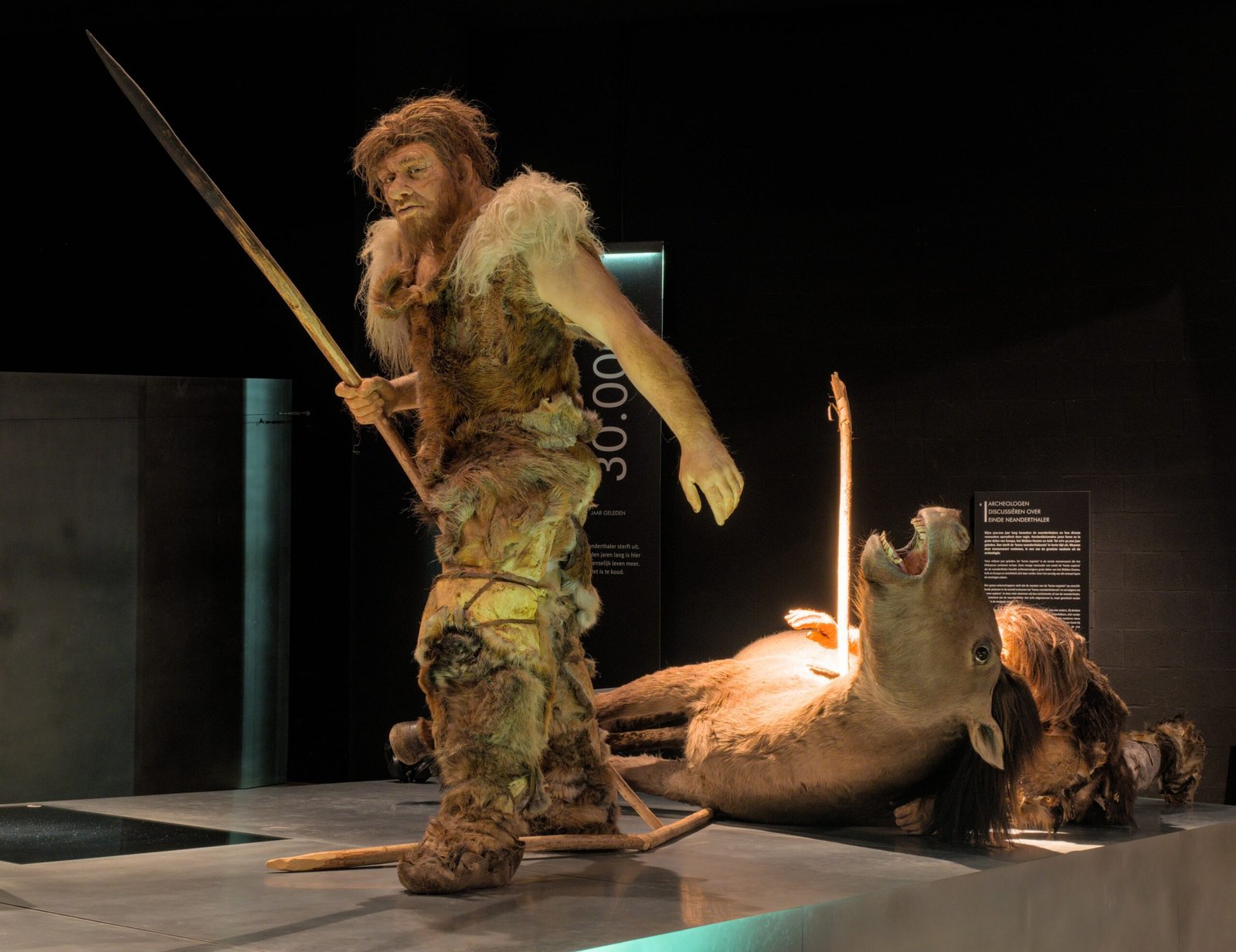
Humans arrived in the Las Vegas Valley just as the mammoths were making their exit. Archaeological evidence suggests that early people hunted and lived alongside these giants. Stone tools and butchered mammoth bones point to a relationship that was both awe-inspiring and deadly. Picture a small group of hunters tracking a towering mammoth across open plains—a scene straight out of a prehistoric drama. While it’s unclear how much humans contributed to the mammoths’ extinction, their presence adds another layer to the mystery buried beneath the city.
Paleontological Hotspots in Las Vegas
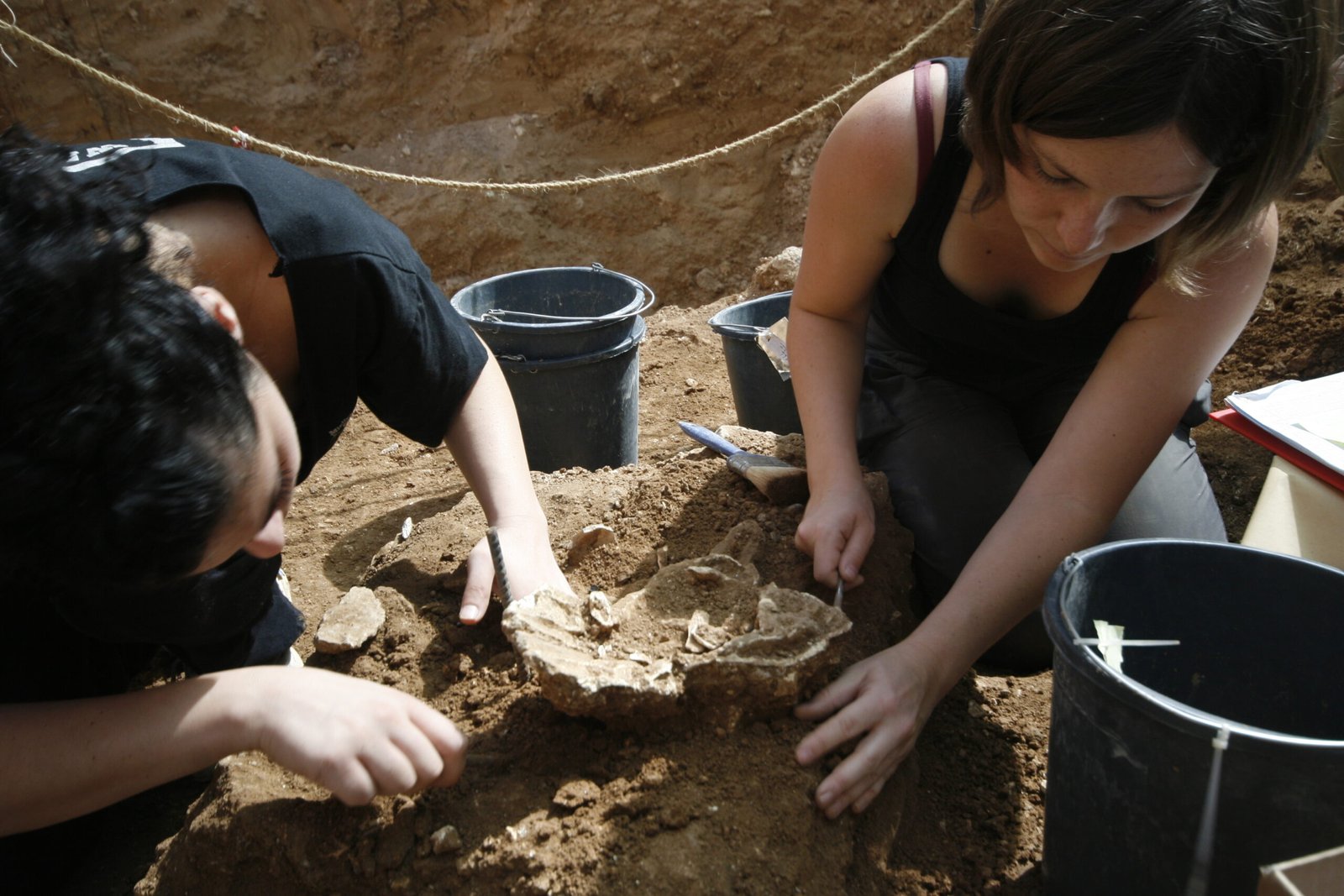
Some places in Las Vegas are especially rich in fossils. Tule Springs Fossil Beds National Monument is one of the most famous, drawing researchers and visitors from around the world. Here, scientists have unearthed thousands of bones, from giant sloths to tiny rodents. Other hotspots include construction sites and even golf courses, where ancient bones have been found just feet below the grass. These discoveries highlight how much of the city sits atop a goldmine of Ice Age secrets, waiting to be explored by anyone with a keen eye and a sense of wonder.
Modern Techniques in Fossil Discovery
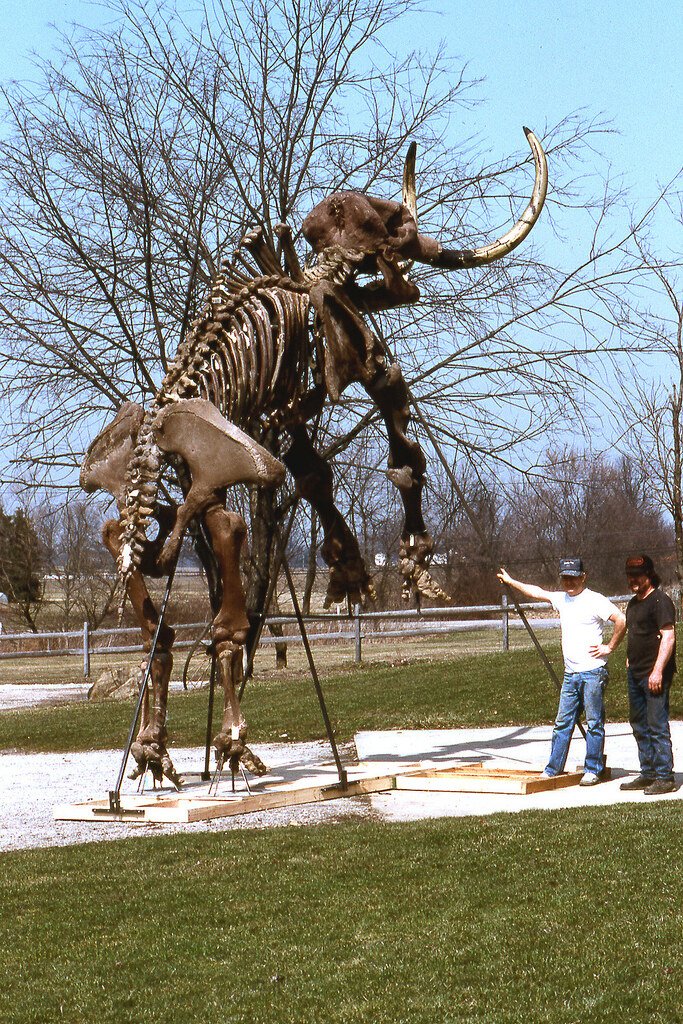
Today’s paleontologists have a powerful toolkit that would make Indiana Jones jealous. Ground-penetrating radar, 3D mapping, and drone surveys help researchers find fossils without digging up the entire desert. CT scans reveal what’s inside a bone without breaking it, while DNA analysis can identify species from tiny fragments. These technologies make fossil discovery faster, safer, and more accurate than ever before. Thanks to these advances, scientists can uncover secrets that would have been impossible to discover just a decade ago.
The Role of Citizen Scientists
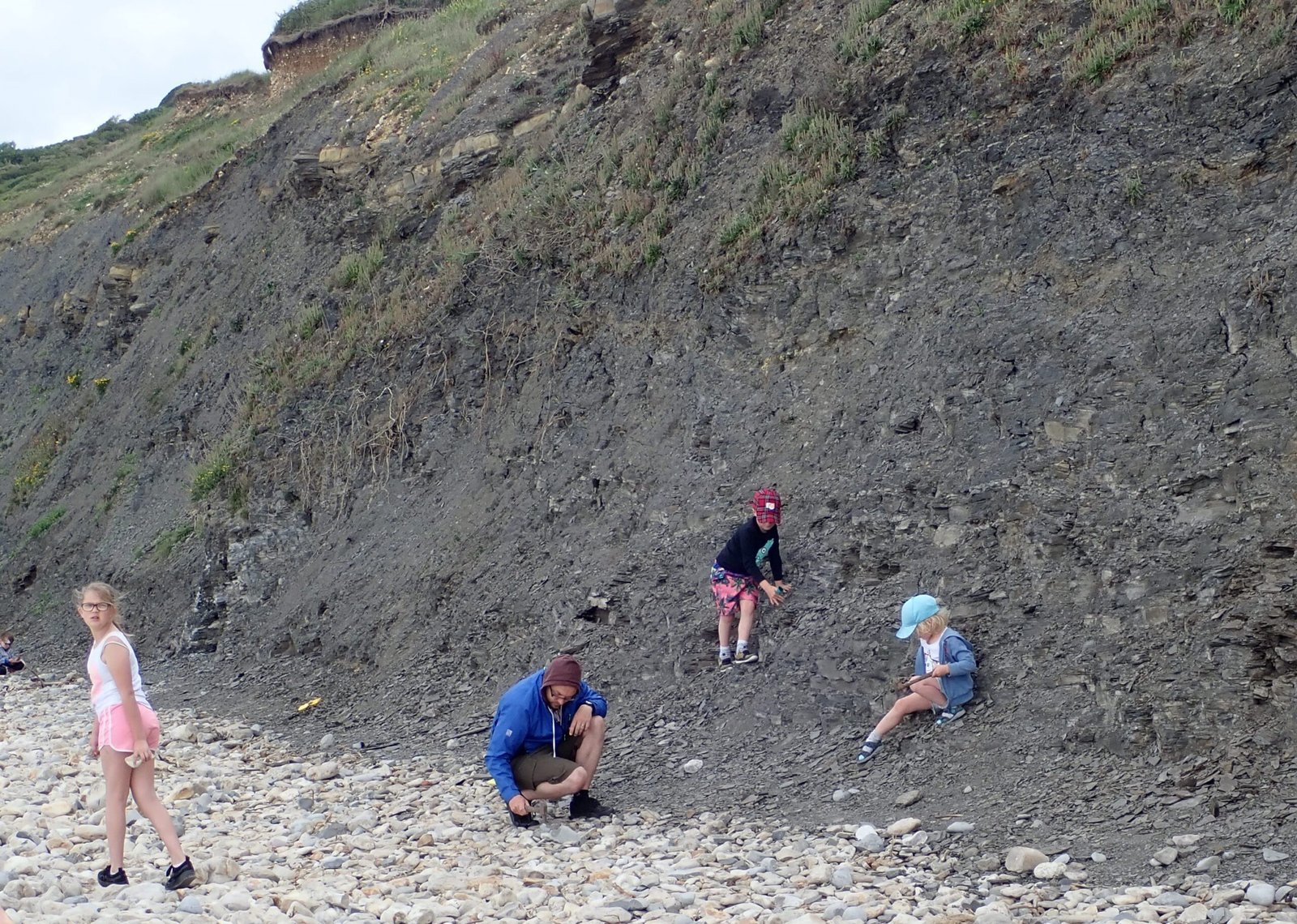
You don’t need a PhD to make a big discovery in Las Vegas. Many fossils are found by amateur enthusiasts, hikers, and even kids playing in the dirt. Local museums and universities encourage the public to report unusual finds, turning every walk in the desert into a potential treasure hunt. Some of the most exciting discoveries have come from people who simply kept their eyes open and their curiosity sharp. It’s proof that science isn’t just for experts; anyone can help unlock the secrets of the past.
Challenges of Urban Expansion
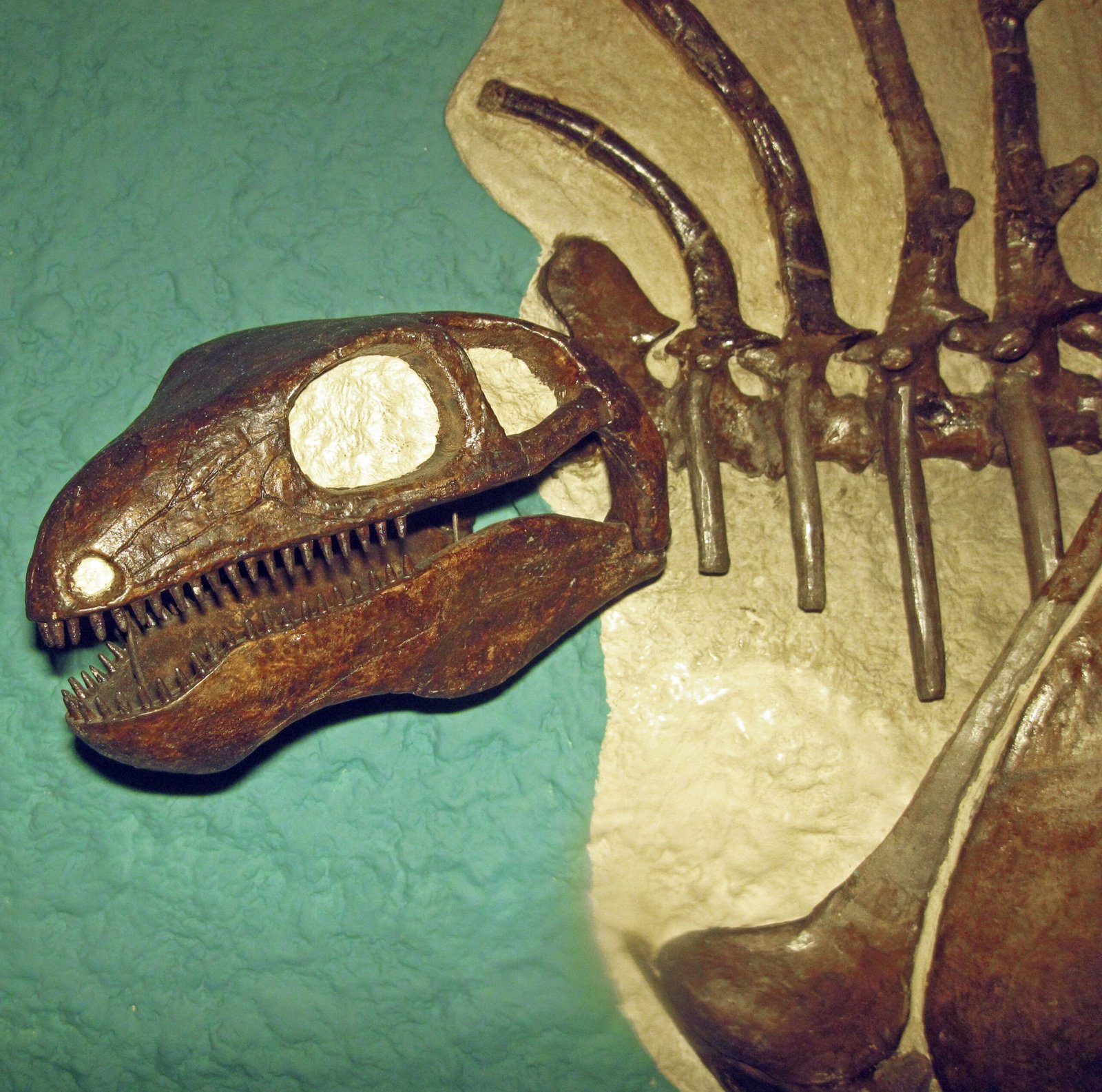
Las Vegas is growing faster than almost any city in America. As new neighborhoods and roads are built, ancient fossil sites are often destroyed before they can be studied. Balancing development with preservation is a constant struggle. Laws require some fossil protection, but loopholes and lack of funding mean that many discoveries go unreported or unprotected. The race between bulldozers and scientists is ongoing, making every new construction project a potential archaeological emergency.
The Importance of Fossil Conservation
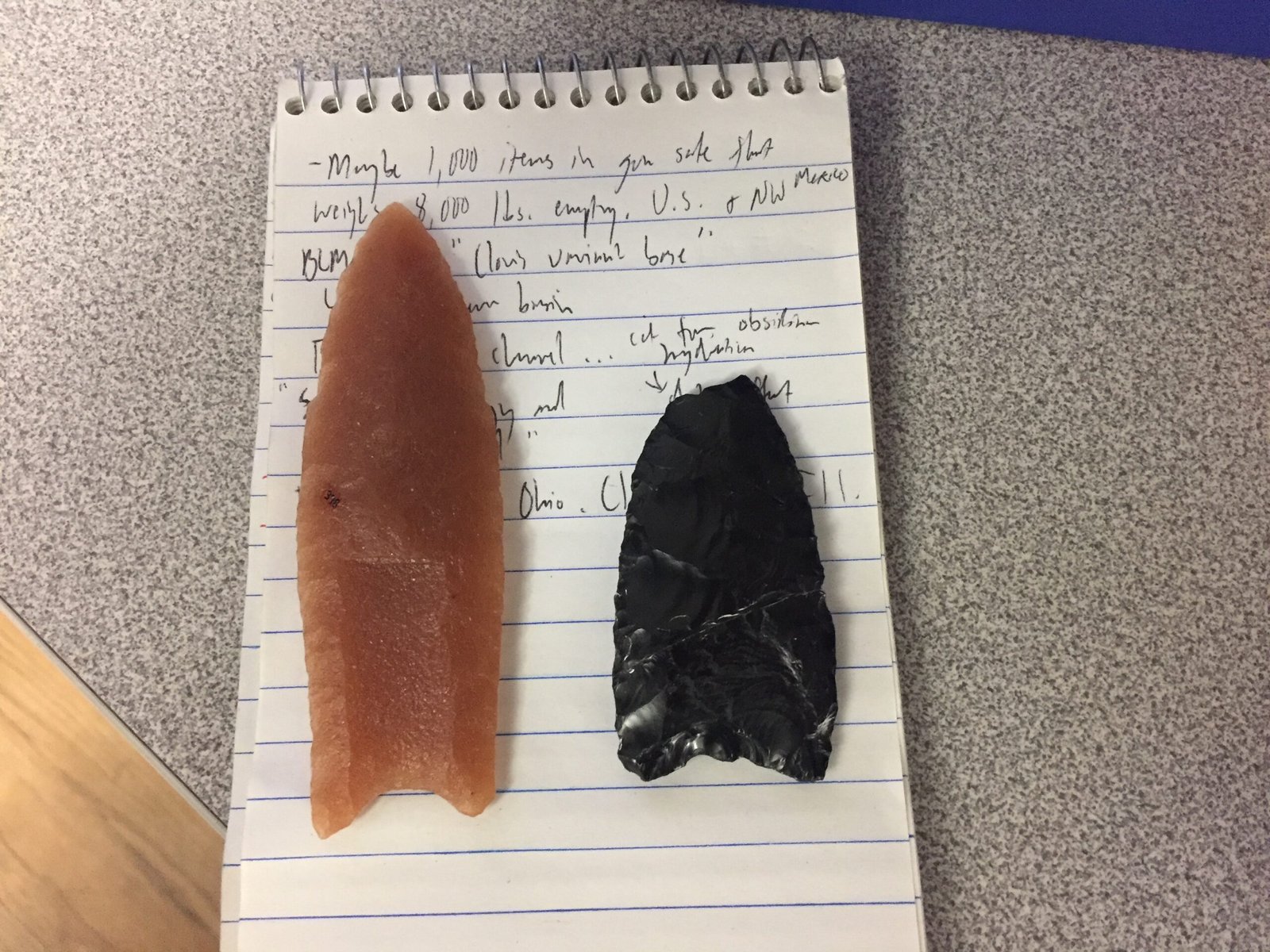
Preserving fossils isn’t just about saving bones—it’s about protecting the stories they tell. Each fossil represents a chapter in the history of our planet, a link between past and present. Museums, universities, and government agencies work tirelessly to conserve these treasures, but they rely on public support and awareness. When fossils are lost to development or neglect, we lose a piece of our shared heritage. Protecting these remains is a responsibility that falls on all of us, not just scientists.
Educational Impact on the Community
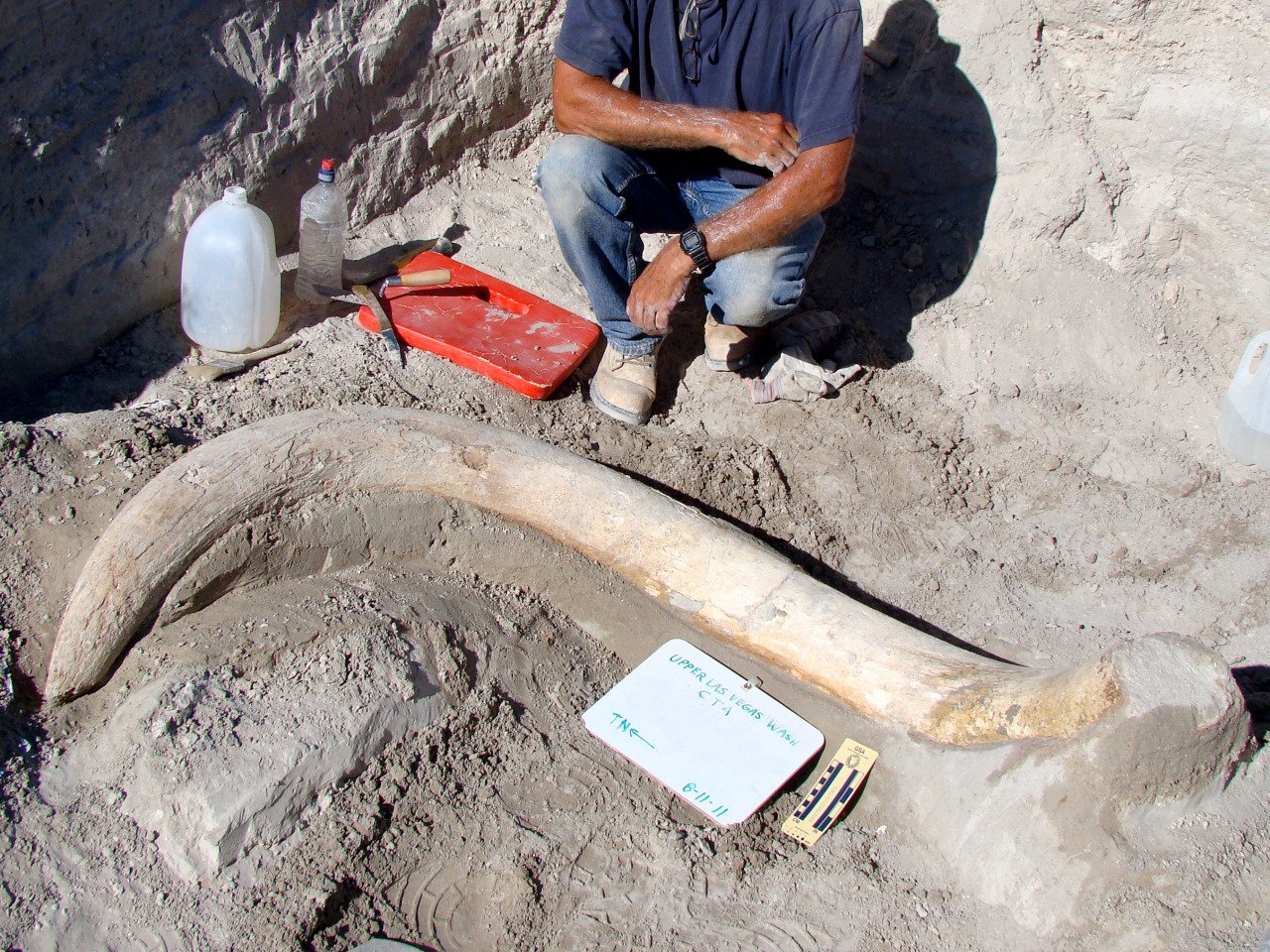
The mammoth remains beneath Las Vegas have sparked a wave of curiosity in local schools and communities. Field trips to fossil sites and museums are inspiring a new generation of scientists and explorers. Kids marvel at the size of mammoth bones and dream of making their own discoveries. Educational programs teach not just about fossils, but about geology, climate change, and the deep history of the land beneath their feet. The excitement is contagious—science feels alive, immediate, and thrilling.
The Allure of Ice Age Mysteries
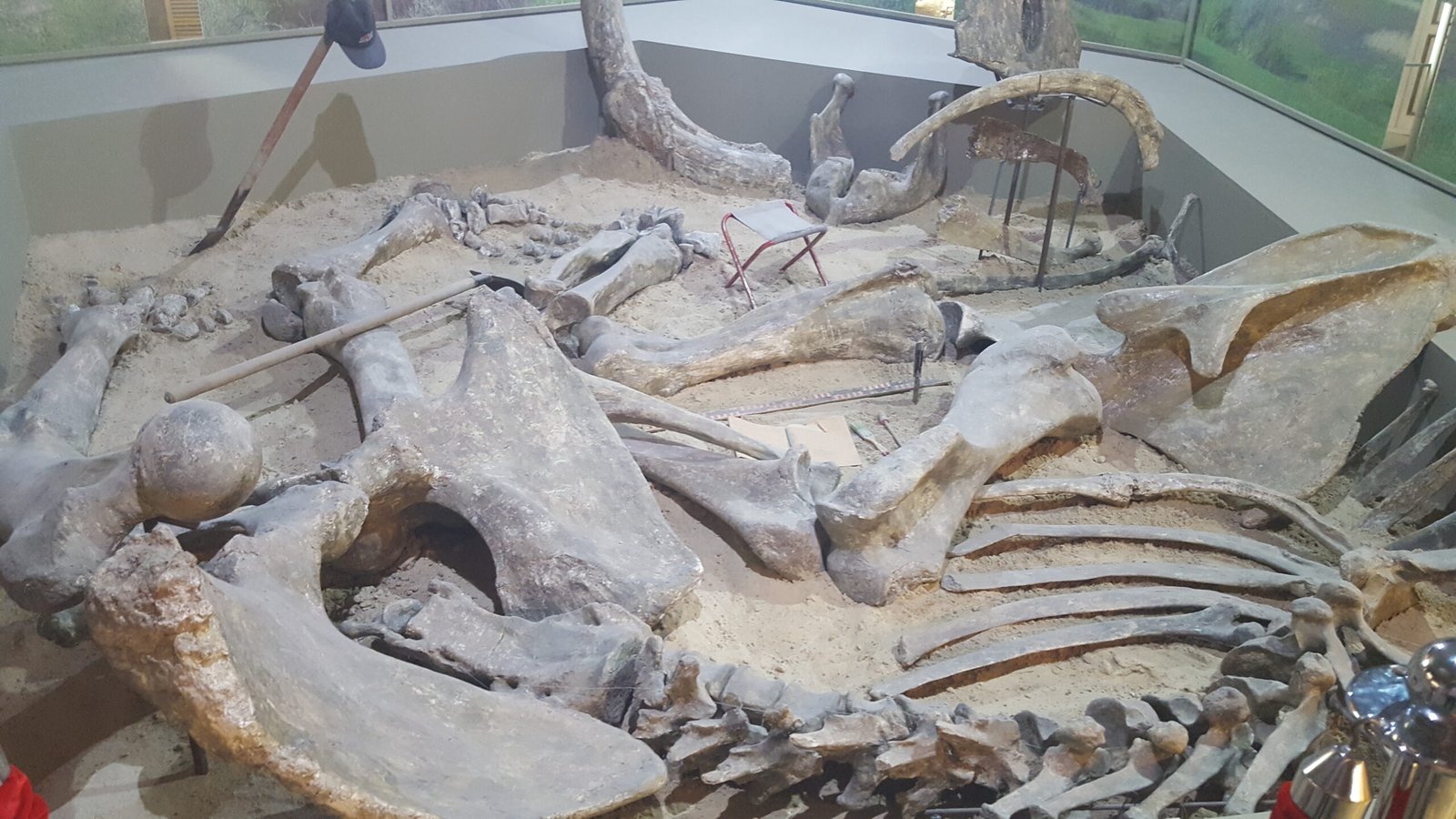
There’s something irresistible about the idea of ancient beasts buried beneath our feet. The mammoth remains of Las Vegas tap into a deep human fascination with mystery and the unknown. We’re drawn to stories of lost worlds and vanished creatures, hungry to know what else might be hiding just out of sight. The desert’s secrets invite us to look closer, dig deeper, and never stop asking questions. It’s a reminder that wonder isn’t just for children—there’s magic in the world, if you know where to look.
Las Vegas: More Than Meets the Eye
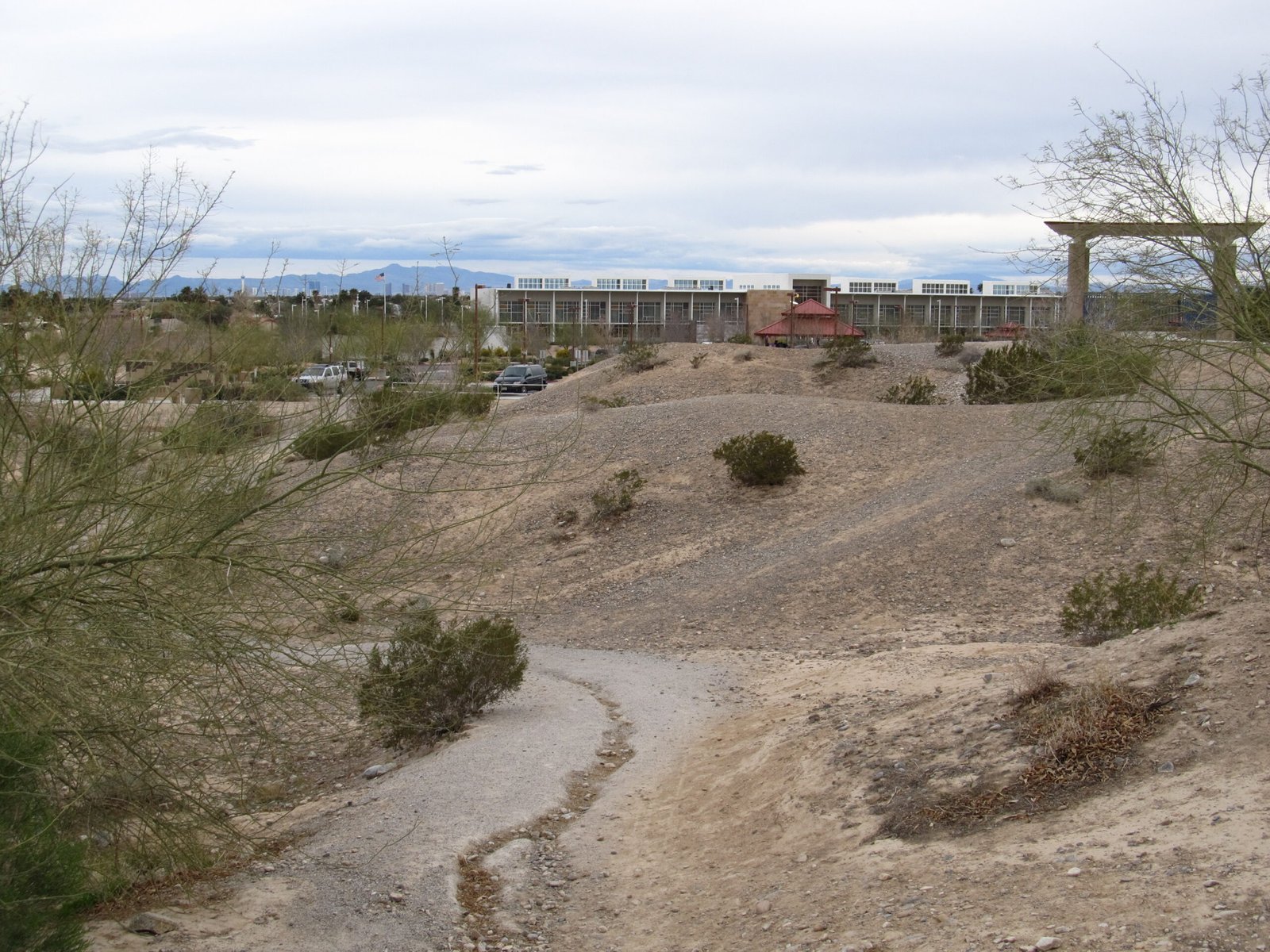
It’s easy to see Las Vegas as nothing more than a city of entertainment, but its true story runs much deeper. Beneath the casinos and concrete, the past waits patiently, preserved in sand and stone. The remains of mammoths and other Ice Age creatures give the city a backstory that’s as wild as anything on the Strip. For those willing to scratch the surface, Las Vegas reveals a history richer and more surprising than any slot machine payout.
Connecting Past, Present, and Future
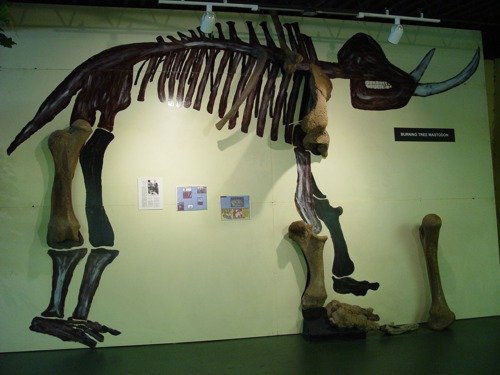
The mammoth fossils beneath Las Vegas are more than relics—they’re bridges between eras. They connect us to a time when the world was younger, wilder, and full of giants. Studying these remains helps us understand not just the past, but the changes shaping our present and future. Questions about extinction, climate change, and survival are just as relevant today as they were thousands of years ago. The lessons hidden in the desert remind us that the story isn’t over—and we all have a part to play.
Imagining the Next Discovery
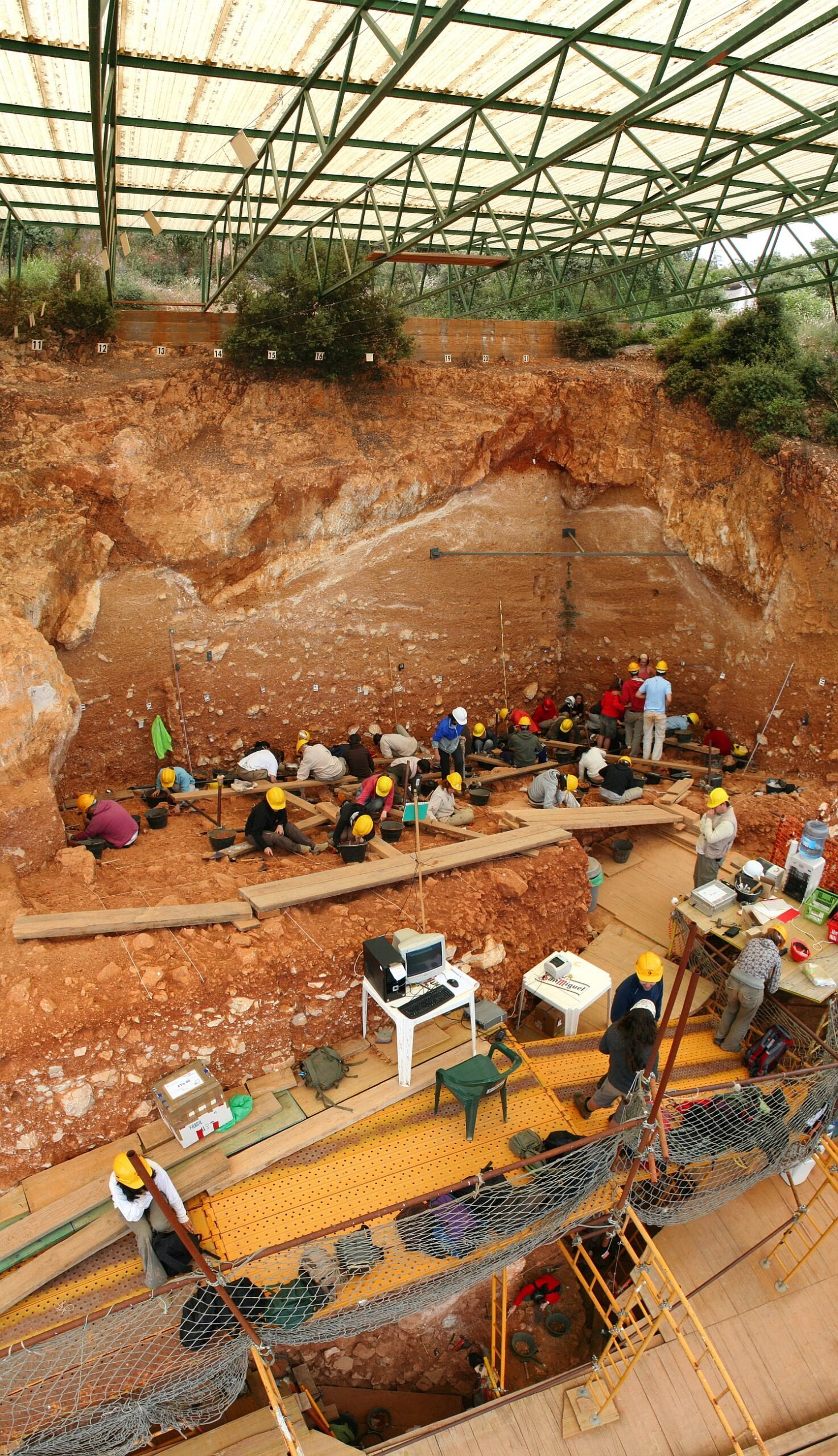
What else is the desert hiding under Las Vegas? New finds happen every year, each one more surprising than the last. Maybe the next big discovery will be a new species, or evidence of even older human habitation. The thrill of the unknown keeps scientists and explorers coming back, shovels and notebooks in hand. Every patch of desert holds the promise of a new story, a fresh clue, or a puzzle piece that changes the way we see the world.
Reflections on a Hidden World
Standing in the shadow of a mammoth bone, it’s impossible not to feel a sense of awe. The ground beneath Las Vegas holds echoes of a forgotten world—one that challenges us to look beyond the obvious and imagine what else might lie below. These ancient remains remind us that every place, no matter how familiar, has secrets worth discovering. The next time you walk through the city, remember: you’re treading on history, and the desert is still keeping its best surprises for those who dare to dig.

